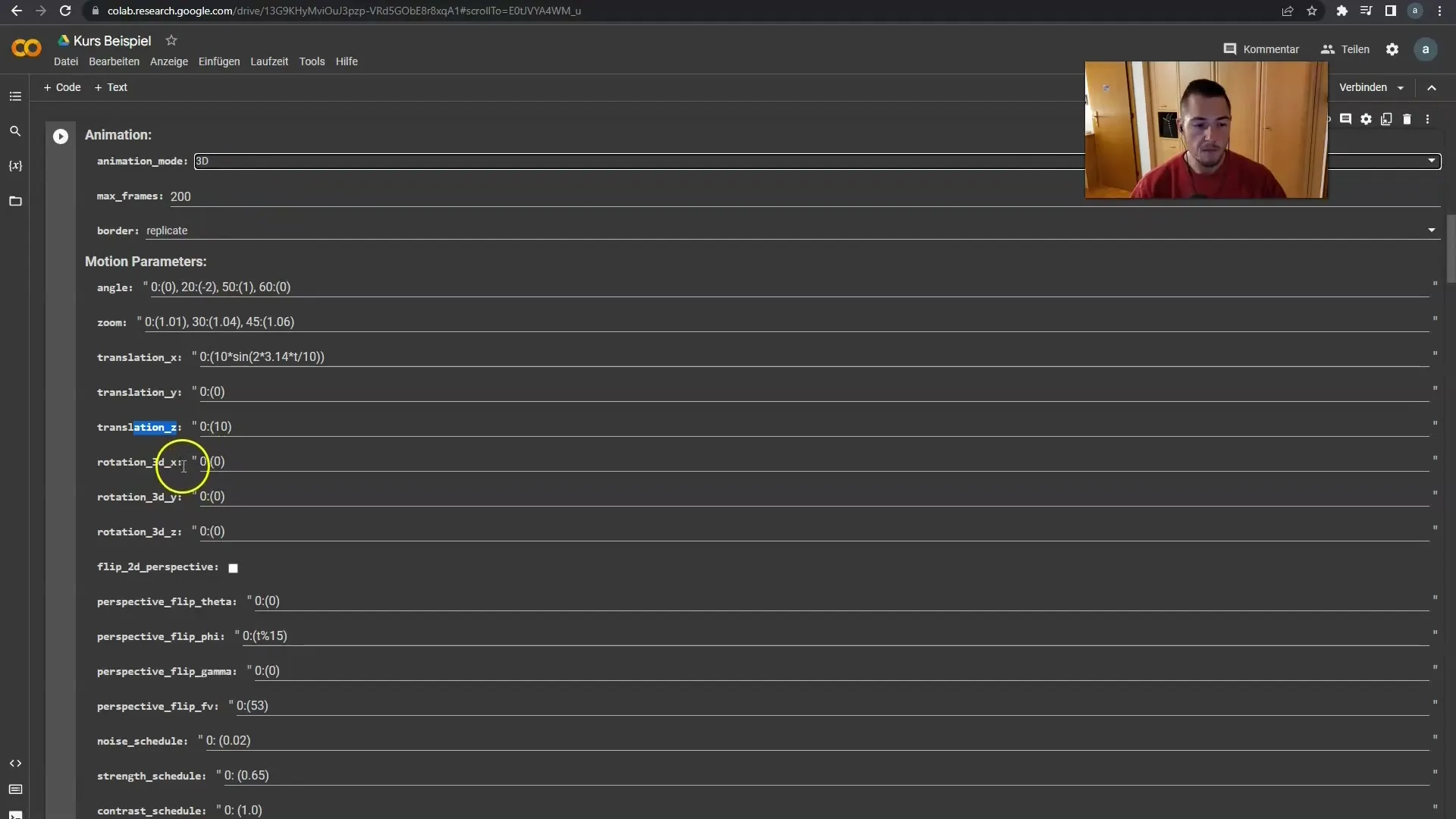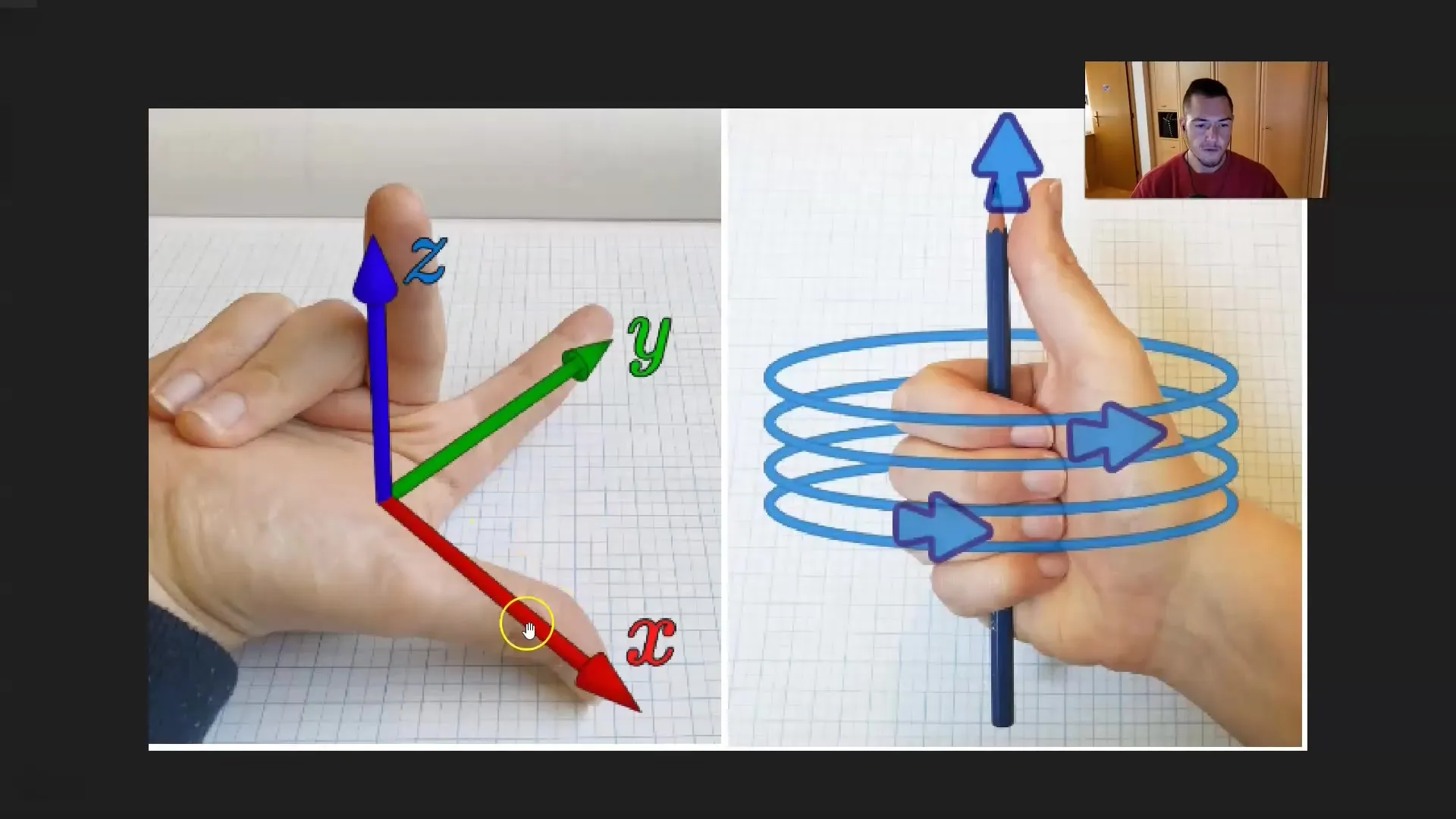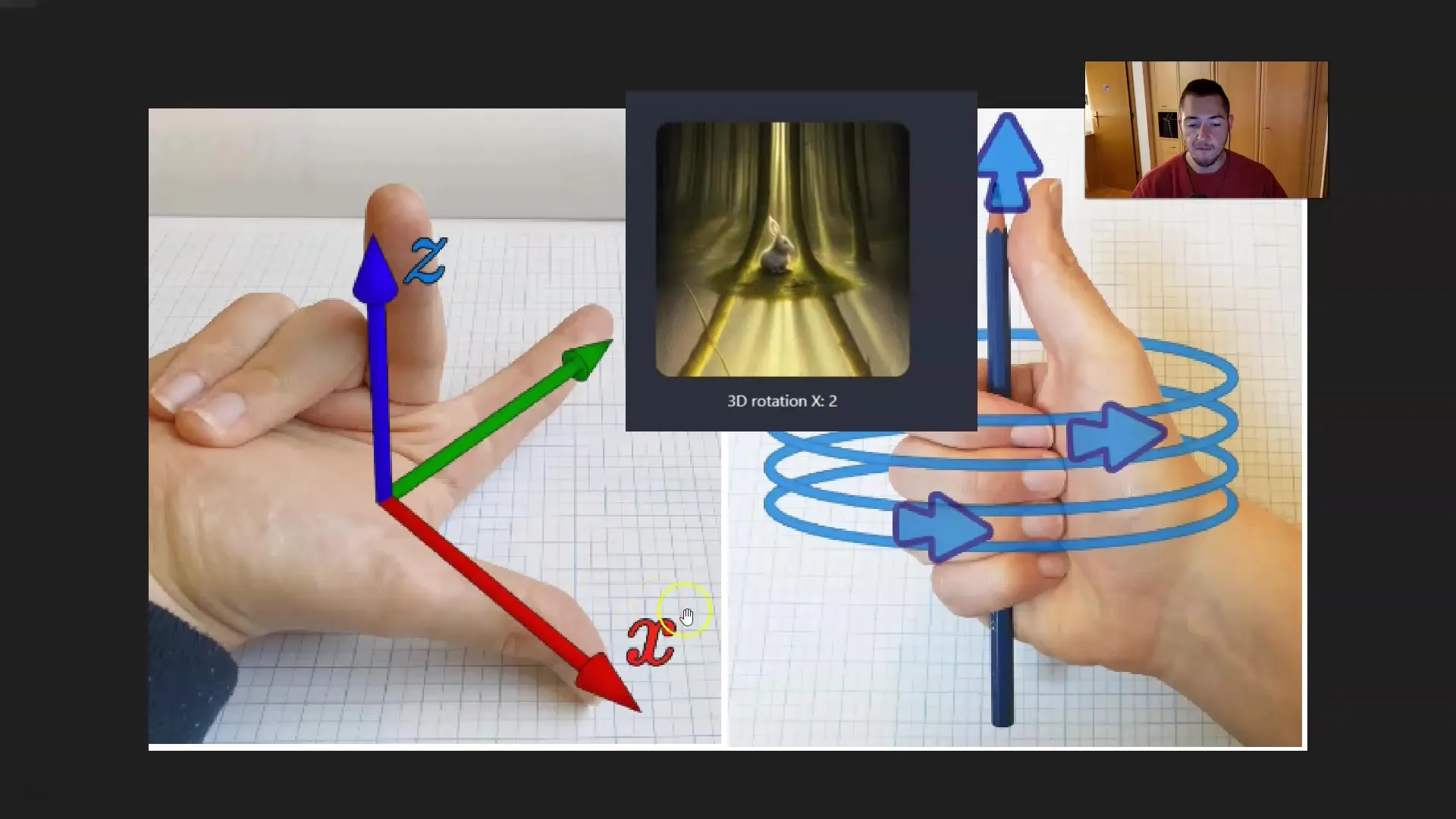In this tutorial, I will explain to you the functionality and application of camera axes and rotations using Deforum Stable Diffusion. You will learn how to utilize these concepts to enhance your projects and achieve creative effects.
Key Insights
- Camera movements are defined along the X, Y, and Z axes.
- Positive and negative values influence the direction and extent of the movements.
- Rotations around the axes can be easily adjusted to create interesting perspectives.
Step-by-Step Guide
To better understand these concepts, I will delve into the different axes and their application in the software.
Understanding the Axes
First and foremost, it's important to know that cameras move along different axes. The X-axis moves horizontally, while the Y-axis is vertical. You can easily imagine this: the X-axis goes to the positive and negative, meaning that the movement along this axis depends on the values you input. A screenshot illustrating the axis arrangement would be helpful here.
The Y-axis works in the exact opposite way: positive values move the camera up, while negative values move it down. This allows you to precisely control the camera's height. More information on the movements of the Y-axis can be found in the following sections.
Introduction to the Z-Axis
Now let's move on to the Z-axis, which is essential in 3D visualization. While the X and Y axes are sufficient for 2D, the Z-axis allows for a third dimension. The Z-axis is also referred to as zoom in the 3D environment. You should consider this setting when working with 3D models.

Rotations Around the Axes
Another important aspect is the rotations. These occur around the three axes, which you can control with 3DX, 3DY, and 3DZ. To better visualize the direction of the rotations, I recommend opening your right hand and visualizing the axes. The X-axis runs horizontally, the Y-axis vertically, and the Z-axis goes through depth.

When you enter positive or negative values into the rotation parameters, you are simply indicating in which direction the camera should rotate. It is important to experiment here; you can adjust the values at any time and immediately see the effects.

Have Fun with the Settings
One of the best ways to get a sense of control over your camera is to play with the various settings. Don't be afraid to swap the axes or values. Entering positive or negative values will not result in anything bad—best case scenario, you might even get an interesting new effect.
Continue to expand your experiments to get a feel for the functionalities. What happens when you swap the X and Y axes or try out different positive and negative values? You'll be surprised at how different the results can be.
Summary of Camera Axes and Rotations
In this tutorial, we have covered the basics of camera axes and rotations in Deforum Stable Diffusion. The designated axes, their movements, and adjusting rotations play a significant role in your successful design process. Keep experimenting and find your own style to achieve outstanding results.
Summary
Camera movements are defined by the X, Y, and Z axes. Positive and negative values not only affect the movement but also indicate the direction in which the camera rotates. Experiment with different settings to achieve unique and appealing effects.
Frequently Asked Questions
How does the X-axis influence my camera movement?The X-axis moves the camera horizontally, depending on positive or negative values.
What does the Y-axis bring to my camera?The Y-axis controls the vertical movement of the camera and allows it to move up or down.
What is the purpose of the Z-axis?The Z-axis enables the zoom function in the 3D environment.
How can I correct errors in the axes?You can adjust the values at any time; nothing bad happens if you initially input something incorrectly.
How can I achieve creative effects?Experiment with different axes and values to generate unexpected and interesting results.


